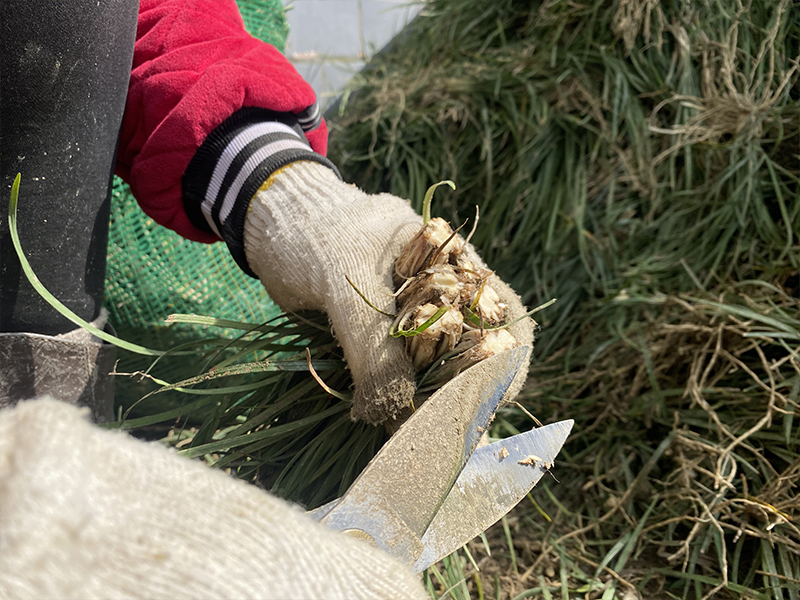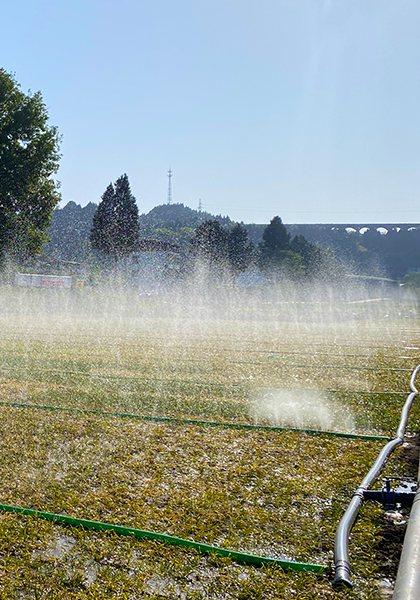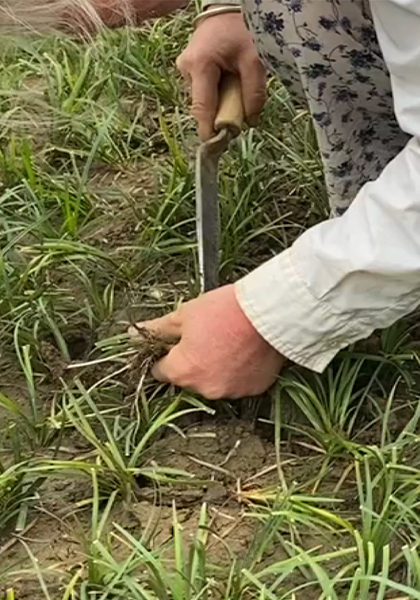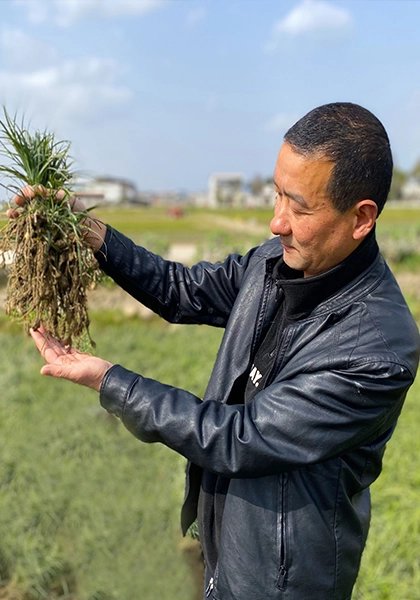Ophiopogon japonicus, commonly referred to as Mai Dong (麦冬) or Dwarf Lilyturf, holds a pivotal position as a precious medicinal herb deeply ingrained in the practices of Traditional Chinese Medicine (TCM). Embracing sustainable cultivation methodologies is not merely a choice but a necessity. It serves as the cornerstone for ensuring long – term productivity while meticulously maintaining the delicate ecological balance of the farming environment. A core tenet of this approach lies in the strategies of selective harvesting and vegetative propagation. Through these methods, mature plants are handled with the utmost care, their robust rhizomes are carefully separated and replanted, sowing the seeds for future growth and continuity.
Sustainable Harvesting & Propagation Method
1. Selective Harvesting
When to Harvest: The optimal time for harvesting arrives after a patient wait of 2 – 3 years, when the tubers have reached their full maturity. This usually coincides with the late autumn or early winter seasons, a period when the plant has amassed its maximum medicinal properties.
How to Identify Mature Plants:
- Root Characteristics: Look for plants with thick, fleshy roots, as these signify the highest medicinal quality.
- Foliage Condition: Healthy, disease – free foliage is a strong indicator of a mature and viable plant.
- Rhizome Features: Firm rhizomes with multiple growth points are prime candidates for harvesting, ensuring both the quality of the harvested product and the potential for future propagation.
2. Processing for Replanting
After harvest:
- Trim Leaves & Roots: Begin by cutting off the stem intact, leaving approximately 5 cm of the leaves. Then, meticulously remove any thin or damaged roots, retaining only the thick, healthy rhizomes that hold the promise of successful regrowth.
- Division of Rhizomes: Separate the clustered rhizomes into individual planting units, with each unit containing 2 – 3 growth buds. This division process is crucial for promoting healthy growth in the new plants.
- Disinfection (Optional): To safeguard against potential rot and disease, consider soaking the rhizomes in a diluted potassium permanganate solution (0.1%) or a bio – fungicide.


3. Replanting for Sustainable Growth
Best Time: In the pursuit of sustainable growth, the ideal time for replanting has been set as April. This month provides the perfect blend of temperature and moisture conditions, fostering the rapid establishment and growth of the replanted rhizomes.
Spacing: To ensure each plant has sufficient space to thrive, the planting distance should be set at 15 cm × 15 cm. This spacing allows for optimal air circulation, sunlight exposure, and nutrient uptake, promoting healthy and robust growth.
Soil Requirements:
- Texture: Well – drained, sandy loam soil is highly preferred, as it provides excellent drainage while retaining the necessary moisture and nutrients.
- pH Level: A slightly acidic to neutral pH range of 6.5 – 7.0 creates the most conducive environment for the growth of Ophiopogon japonicus.
- Fertility: Enriching the soil with organic compost not only enhances its fertility but also improves its structure, promoting long – term soil health.
Advantages of This Method
- Genetic Consistency: By relying on vegetative propagation, the method effectively maintains the high – quality medicinal traits of the plants, ensuring consistent therapeutic value in the harvested products.
- Cost – Effective: Reducing the dependence on external seedlings, this approach significantly cuts down on production costs, making it an economically viable option for farmers.
- Eco – Friendly: Compared to reseeding methods, the selective harvesting and replanting process minimizes soil disruption. This helps to preserve soil structure, prevent erosion, and protect the overall ecosystem.
- Higher Survival Rate: Propagated rhizomes have a distinct advantage in that they adapt more quickly to their new environment than seeds, resulting in a higher survival rate and more reliable yields.
Conclusion
Sustainable cultivation of Ophiopogon japonicus is fundamentally anchored in the cyclic replanting of high – quality rhizomes. This approach not only minimizes waste but also guarantees a consistent and reliable yield over the long term. By harmoniously integrating traditional agricultural wisdom with modern organic practices, farmers can unlock higher profitability while simultaneously safeguarding and enhancing soil health. This sustainable model of cultivation represents a win – win scenario, benefiting both the agricultural community and the environment at large.


